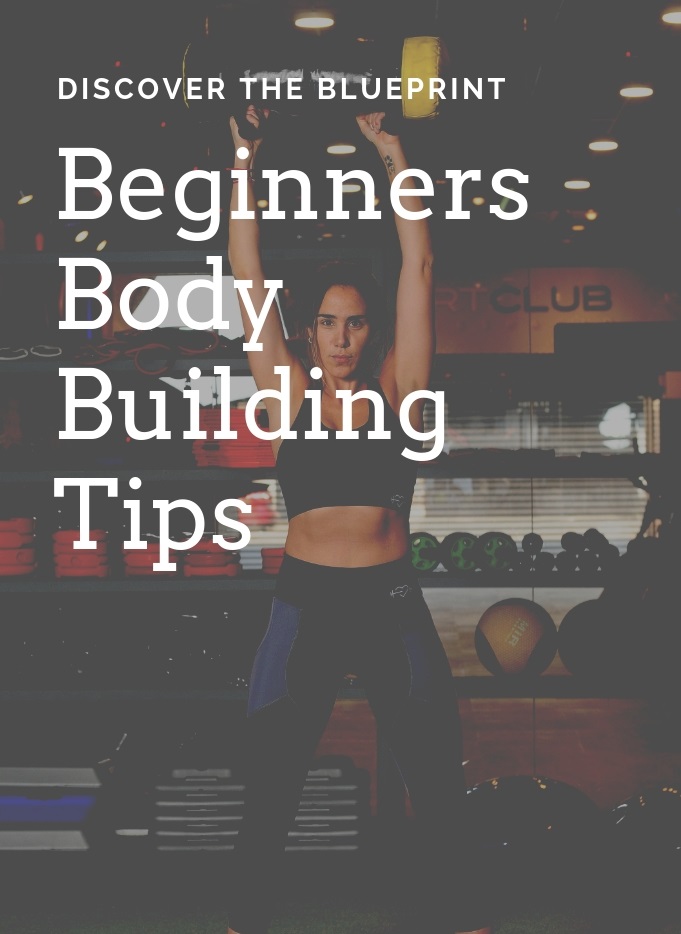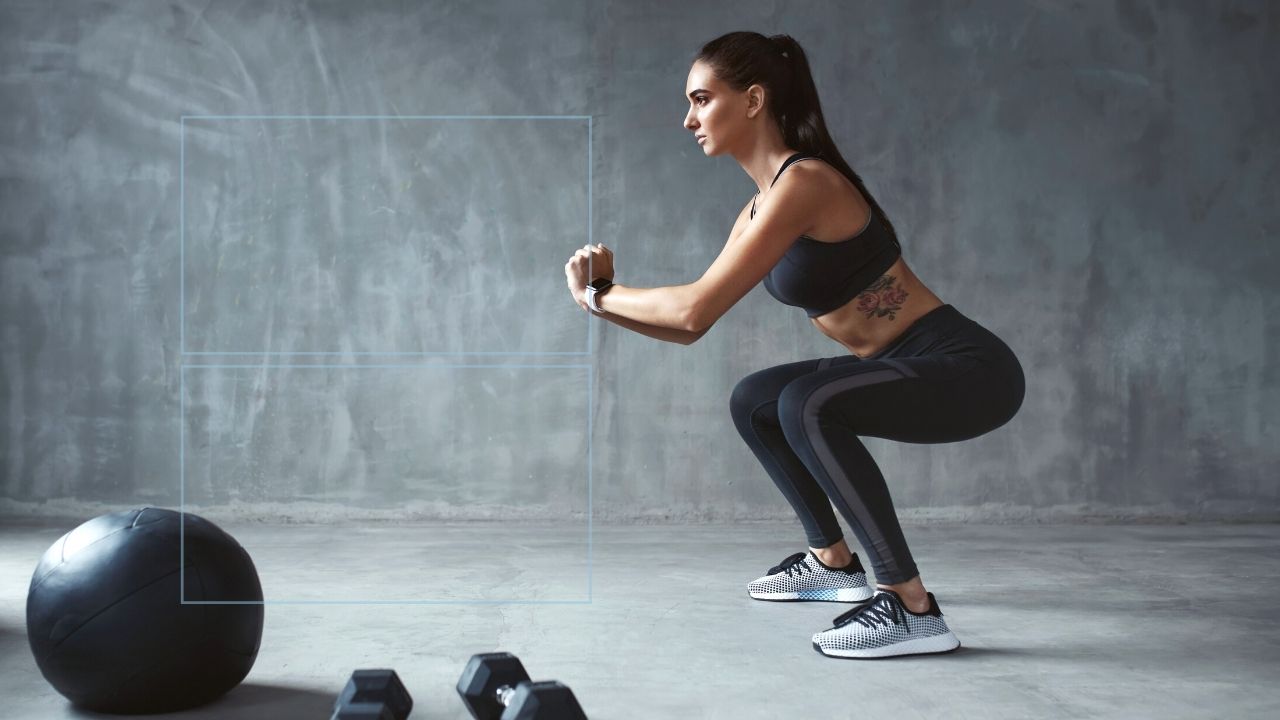
One of the most popular myths about fitness revolves around the idea that longer workouts are better. This is false. In fact, a shorter workout can lead to better results. According to a British Journal of Sports Medicine research, longer workouts are not always better for losing fat. High-intensity cardio interval training is the best for you. And while a long workout can leave you sore, short sessions are better for your health and waistline.
It is the opposite. People believe that the harder they exercise, the more powerful their muscles will be. It is false. Studies show that longer workouts cause more muscle damage. It's not the length of your workout that's problematic. This is because your body shape changes when you exercise. You can build a firmer physique by working out correctly with the right movement and lifting weights. Overdoing it can cause muscle strain, soreness, and even joint injury.

Another popular fitness myth is that exercise is not necessary for weight loss. While a good cardio session can increase your heart rate and raise your blood pressure, it's actually harmful to your health. It can boost your metabolism, but can also reduce lean muscle tissue, making you weaker. This means that while cardio training high intensity can make you look young and fitter it can also result in muscle loss and decreased bone strength.
This myth can actually be harmful to your health. Despite the benefits of a gym workout, it is very important to eat properly before and after workouts. It will increase your metabolism and keep your muscles healthy. A balanced diet can also help you burn more fat. It is not easy to tell how strong you really are by the size of your muscles. They are actually smaller than they appear, which makes them less powerful. Contrary to popular belief, your muscles are less powerful the bigger they are. The smaller your muscle mass, the more strength you will have.
Mornings are the best time to exercise. Experts agree that this is the best way to exercise, but there may be times when it is more convenient to work out at night. However, this is not always the case. It all depends on what your needs are. Focusing on your morning workouts is the best way to maximize your results. The more you exercise early, the better your results.

Fitness myths can have a negative impact on your health. You should exercise regularly if you are looking to lose weight. There are certain myths that exercise can lead to. Don't do exercises that you aren't sure about. You'll be disappointed by the results. You will end up with more fat that you started with. So, don't worry. These myths may cause you to lose weight, or even damage your body.
FAQ
What is the difference of a virus from a bacteria?
A virus can be described as a microscopic organism that cannot reproduce in another cell. A bacterium, a single-celled organism, reproduces by splitting into two. Viruses are very small (about 20 nanometers) while bacteria are larger (up to 1 micron).
Viruses can be spread by contact with bodily fluids containing infected substances, such as saliva, urine and semen. Bacteria is usually spread directly from surfaces or objects contaminated with bacteria.
Viruses can enter our bodies through cuts, scrapes, bites, or other breaks in the skin. They may also enter through the nose, mouth, eyes, ears, vagina, rectum , or anus.
Bacteria may enter our bodies through cuts and scrapes on our skin, burns, insect bites, and other wounds. They may also come into our bodies through food, water, air, soil, dust, or animals.
Both bacteria as well as viruses can cause illness. But viruses do not have the ability to multiply within their hosts. So they only cause illnesses when they infect living cells.
Bacteria can grow in their hosts and cause disease. They can also invade other parts of your body. That's why we need antibiotics to kill them.
How can I determine what is best for my health?
You need to listen to your body. Your body knows what you need when it comes time to eat, exercise, and get enough rest. It is important to listen to your body to ensure you are not doing too much. Pay attention to your body, and ensure that you are doing all you can to keep yourself healthy.
Exercise: Good or Bad for Immunity?
Exercise is good for your immune system. Your body makes white blood cells that fight infections when you exercise. Your body also removes toxins. Exercise is a great way to prevent heart disease, cancer, and other diseases. It can also lower stress levels.
Exercising too often can cause your immune system to be weaker. Your muscles can become sore if you exercise too much. This can cause inflammation and swelling. Your body will then produce more antibodies in order to fight infections. Problem is, extra antibodies can trigger allergies and other autoimmune conditions.
So, don't overdo it!
How does an antibiotic work?
Antibiotics are drugs which destroy harmful bacteria. Antibiotics are used for treating bacterial infections. There are many different types of antibiotics. Some can be taken orally, others are injected and some are applied topically.
People who have been exposed may be prescribed antibiotics. One example is if someone has had chickenpox and wants to prevent shingles. For those with strep-thorphritis, an injection of penicillin could be administered to prevent them from getting pneumonia.
Doctors should prescribe antibiotics to children. Children are more susceptible to side effects from antibiotics than adults.
Diarrhea, the most common side-effect of antibiotics, is probably diarrhea. Other side effects possible include dizziness, nausea, vomiting, stomach cramps, dizziness and allergic reactions. Most of these symptoms disappear after the treatment is completed.
How do I count calories?
You might wonder, "What's the best diet for me?" or "is counting calories necessary?" The answer is dependent on several factors like your current health status, personal goals, your lifestyle, and your preferences.
The Best Diet For Me: Which One Is Right?
The best diet depends on me, my health, my goals, my preferences and my overall lifestyle. There are many options, both good and bad. Some are better for certain people than others. So what do I do? How do I make the right decision?
These are the main questions addressed by this article. It begins with an overview of the different diets today. After that, you will learn about the pros and disadvantages of each type. The final step is to determine which one is right for you.
Let's begin by briefly reviewing the different types and diets.
Diet Types
There are three main types, low fat, high protein, or ketogenic diets. Let's talk about them briefly.
Low Fat Diets
A low fat diet means a diet that reduces the intake of fats. This is achieved through reducing intakes of saturated fats (butter and cream cheese, for example). They are replaced by unsaturated fats such as avocados, olive oil, and cream cheese. A low fat diet is often recommended for those who want to lose weight quickly and easily. However, this kind of diet may cause problems such as constipation, heartburn, and indigestion. If a person doesn’t receive enough vitamins from their foods, this can lead to vitamin deficiency.
High Protein Diets
High protein diets reduce carbohydrates to favor of proteins. These diets have higher protein levels than other diets. These diets are designed to build muscle mass and help you burn more calories. However, they might not provide enough nutrition for those who need to eat frequently. Also, they tend to be very restrictive, so they aren't suitable for everyone.
Ketogenic Diets
Also known as keto diets, ketogenic diets are also called keto diets. They are high in fat and moderate in protein and carbs. They are typically used by athletes and bodybuilders because they allow them to train harder and longer without getting tired. However, they must be used with caution to avoid nausea, headaches and fatigue.
Why does weight change as we age?
How can you tell if your bodyweight has changed?
Weight loss occurs when there is less fat than muscle mass. This means that calories must be consumed at a rate greater than energy. A decreased level of activity is the main cause of weight loss. Others include pregnancy, hormonal imbalances or certain medications. If there is more body fat than muscle mass, then weight gain can occur. This happens when people consume more calories than they burn during the day. There are many reasons for this, including overeating and increased physical activity.
We eat less calories than we burn, which is the main reason our bodies lose weight. Regular exercise increases metabolism, which means that we burn more calories per day. However, this doesn't mean that we'll necessarily get thinner; what matters is whether or not we're losing fat or gaining muscle. Weight loss is possible if you burn more calories than you consume. But if you consume more calories than you burn, you're actually storing them for fat.
As we age, our ability to move around is slower and we are less mobile. We also tend eat less than we used to. Therefore, we tend to put on weight. On the flip side, we tend to have more muscle mass so we look bigger than we really are.
Without regularly weighing yourself, it is impossible to gauge how much weight you have lost. There are many options for measuring your weight. You can check your waist size, your hips, your thighs, your arms, etc. Some prefer to use bathroom scales, while others prefer tape measures.
To track your progress, weigh yourself once a week. Measure your waistline once per month. To see how far you have come, you can take photos of yourself every few month.
Online measurements of your height and weight can help you determine your body mass. If you are 5'10" tall, and you weigh 180 lbs, then you would probably weigh 180 lbs.
Statistics
- nutrients.[17]X Research sourceWhole grains to try include: 100% whole wheat pasta and bread, brown rice, whole grain oats, farro, millet, quinoa, and barley. (wikihow.com)
- Extra virgin olive oil may benefit heart health, as people who consume it have a lower risk for dying from heart attacks and strokes according to some evidence (57Trusted Source (healthline.com)
- WHO recommends reducing saturated fats to less than 10% of total energy intake; reducing trans-fats to less than 1% of total energy intake; and replacing both saturated fats and trans-fats to unsaturated fats. (who.int)
- According to the 2020 Dietary Guidelines for Americans, a balanced diet high in fruits and vegetables, lean protein, low-fat dairy and whole grains is needed for optimal energy. (mayoclinichealthsystem.org)
External Links
How To
What does the term "vitamins" mean?
Vitamins are organic compounds that can be found in foods. Vitamins are necessary for us to absorb nutrients in the foods we consume. Vitamins are not made by the body, so they must be obtained through food.
There are two types if vitamins: water soluble, and fat soluble. Water soluble vitamins dissolve easily in water. Vitamin C,B1(thiamine), B2 (2riboflavin), and B3 (3niacin), as well as vitamin C,B1, B2 (riboflavin), and B3 (niacin), vitamin B6 (pyridoxine), vitamin folic acid (biotin), pantothenic, and choline are examples. The liver and fatty tissues are home to fat-soluble vitamins. These include vitamin D, E and K, as well as beta carotene.
Vitamins are classified based on their biological activity. There are eight major types of vitamins:
-
A - Vital for normal growth and maintaining good health.
-
C - vital for proper nerve function, and energy production.
-
D - Essential for healthy teeth and bones.
-
E is required for good vision and reproduction.
-
K – Required for healthy nerves & muscles.
-
P - vital for building strong bones andteeth.
-
Q - Aids digestion and iron absorption
-
R – Required for the formation of red blood vessels.
The recommended daily allowance of vitamins (RDA), varies according to age, gender, physical condition, and other factors. The U.S. Food and Drug Administration (FDA) sets the RDA values.
For example, the RDA for vitamin A is 400 micrograms per dayfor adults 19 years or older. Because it is essential for the development of the fetus, pregnant women should consume 600 micrograms per daily. Children ages 1-8 require 900 micrograms per day. Babies under one-year old require 700 mg per day. Between 9 and 12 years of age, however, this drops to 500 mg per day.
Children aged between 1-18 years require 800 micrograms of sugar per day, while overweight children need 1000 micrograms. Children who are underweight receive 1200 micrograms every day to meet their nutritional requirements.
Children 4-8 years old who have anemia must consume 2200 micrograms of Vitamin C daily.
2000 micrograms is the minimum daily intake for adults over 50 years old to maintain good health. Due to their increased nutrient needs, pregnant and breastfeeding women need 3000 micrograms daily.
Adults over 70 need 1500 micrograms daily, as they lose 10% of their muscle every ten years.
Women who are pregnant or lactating need more than the RDA. Pregnant woman need 4000 micrograms daily in pregnancy, and 2500 per day after childbirth. Breastfeeding mothers require 5000 micrograms daily when breast milk production is occurring.